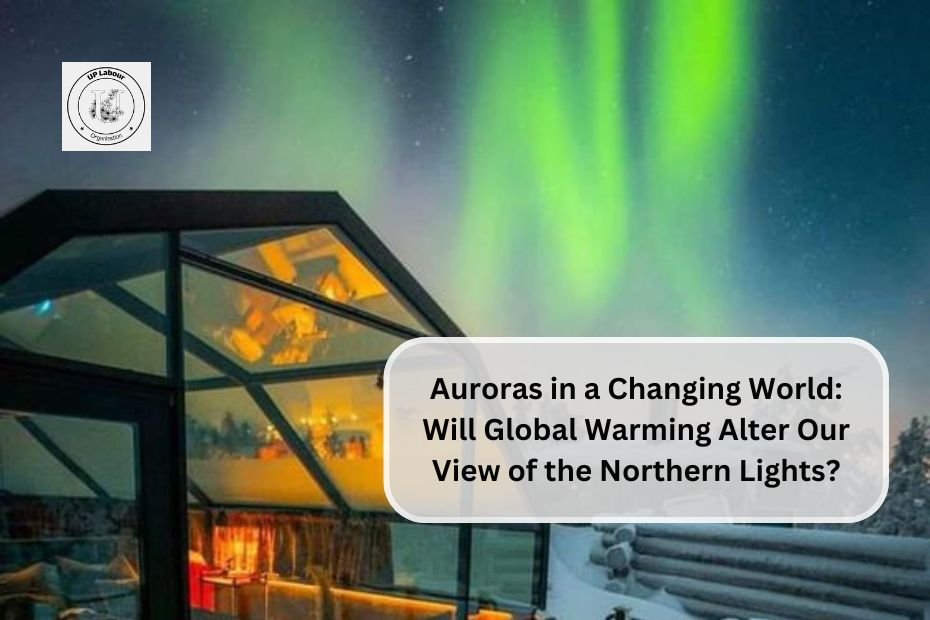As the planet grapples with the effects of climate change, one natural wonder that may be impacted is the breathtaking display of the Northern Lights, or aurora borealis. While global warming does not directly alter the mechanics behind these stunning light shows, it can indirectly influence their visibility through changes in atmospheric conditions and weather patterns. Understanding how climate change could affect our experience of the Northern Lights is crucial for preserving this awe-inspiring phenomenon for future generations.
The Relationship Between Climate Change and the Northern Lights
Climate change primarily impacts the Northern Lights by altering atmospheric conditions that influence their visibility. As global temperatures rise due to increased greenhouse gas emissions, weather patterns become more unpredictable. This can lead to:
- Increased Cloud Cover: Storms may become more frequent and intense, resulting in greater cloud cover in regions traditionally known for auroral displays. Cloud cover can obscure views of the Northern Lights, even during periods of high solar activity.
- Changes in Precipitation: Altered precipitation patterns may also affect visibility. For example, increased snowfall could make it harder for observers to access viewing locations, while heavy rain could force cancellations of aurora tours.
- Light Pollution: Climate change may indirectly exacerbate the effects of light pollution. As temperatures rise, energy demands for cooling could increase, leading to more artificial lighting and brighter night skies that diminish the contrast needed to see the auroras.
Mitigating the Impacts of Climate Change on the Northern Lights
While we cannot directly control the effects of climate change on the Northern Lights, there are steps that can be taken to minimize its impact:
- Promoting Dark-Sky Initiatives: Encouraging local governments and communities to adopt policies that reduce light pollution can help preserve the darkness necessary for viewing the auroras. This includes using shielded outdoor lighting and limiting unnecessary illumination.
- Monitoring Weather Conditions: Closely tracking weather forecasts and cloud cover can help aurora enthusiasts plan their trips more effectively. By choosing clear nights and seeking out dark-sky locations, they can increase their chances of witnessing the Northern Lights despite changing climatic conditions.
- Supporting Climate Action: Advocating for policies and initiatives that address climate change, such as transitioning to renewable energy sources and reducing greenhouse gas emissions, can help mitigate the long-term effects on the Northern Lights and the environment as a whole.
The Future of Northern Lights Viewing
As we navigate the challenges posed by climate change, it is clear that the Northern Lights will continue to captivate and inspire people around the world. However, our ability to witness these natural wonders may be altered by the indirect effects of global warming on atmospheric conditions and weather patterns.By understanding these relationships and taking proactive steps to address light pollution and climate change, we can work towards preserving the Northern Lights for future generations. As we strive for sustainability and environmental stewardship, protecting the delicate balance of our planet’s systems will ensure that the awe-inspiring display of the aurora borealis continues to dazzle and amaze us for years to come

